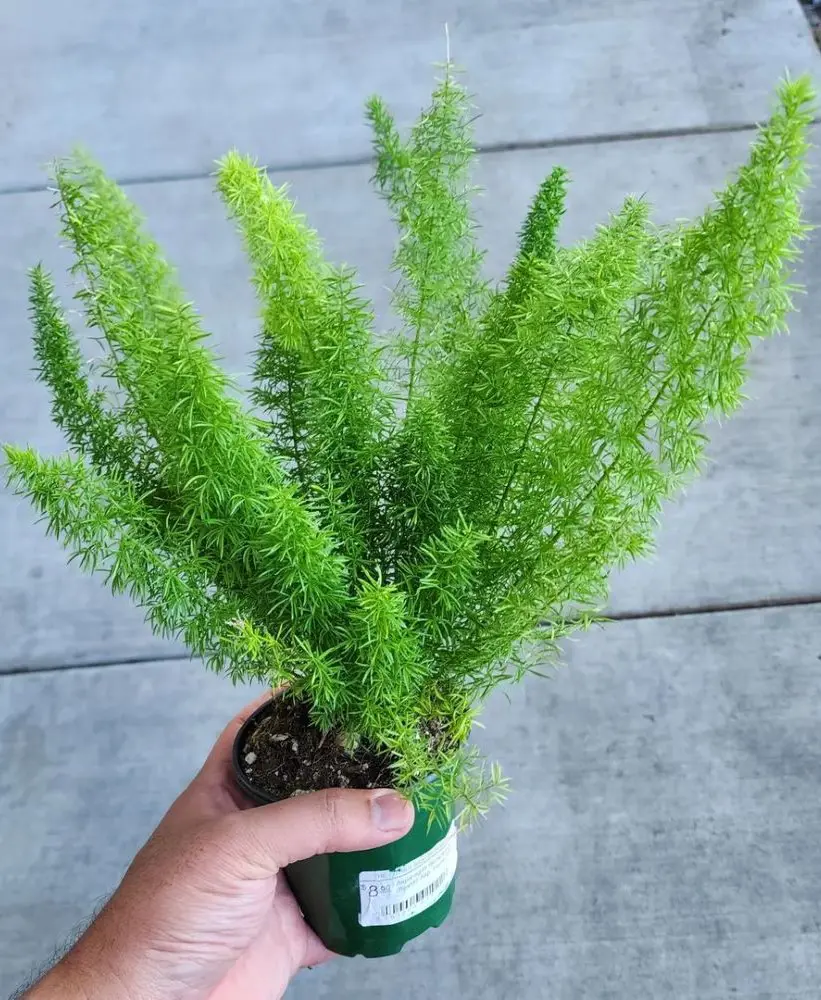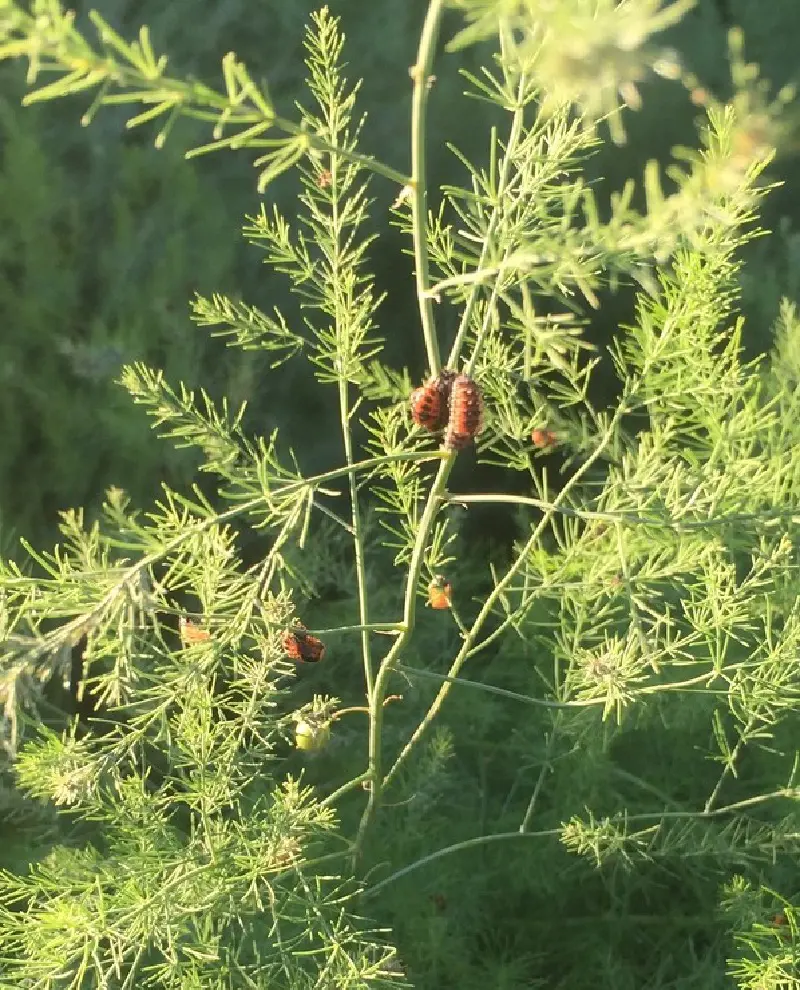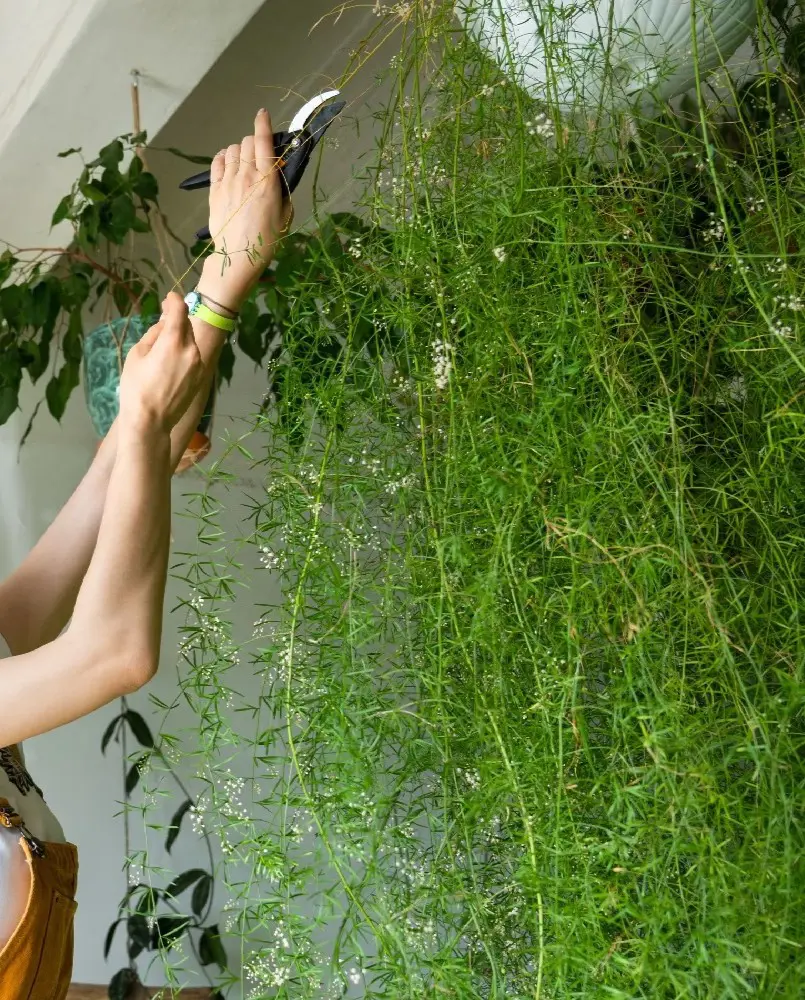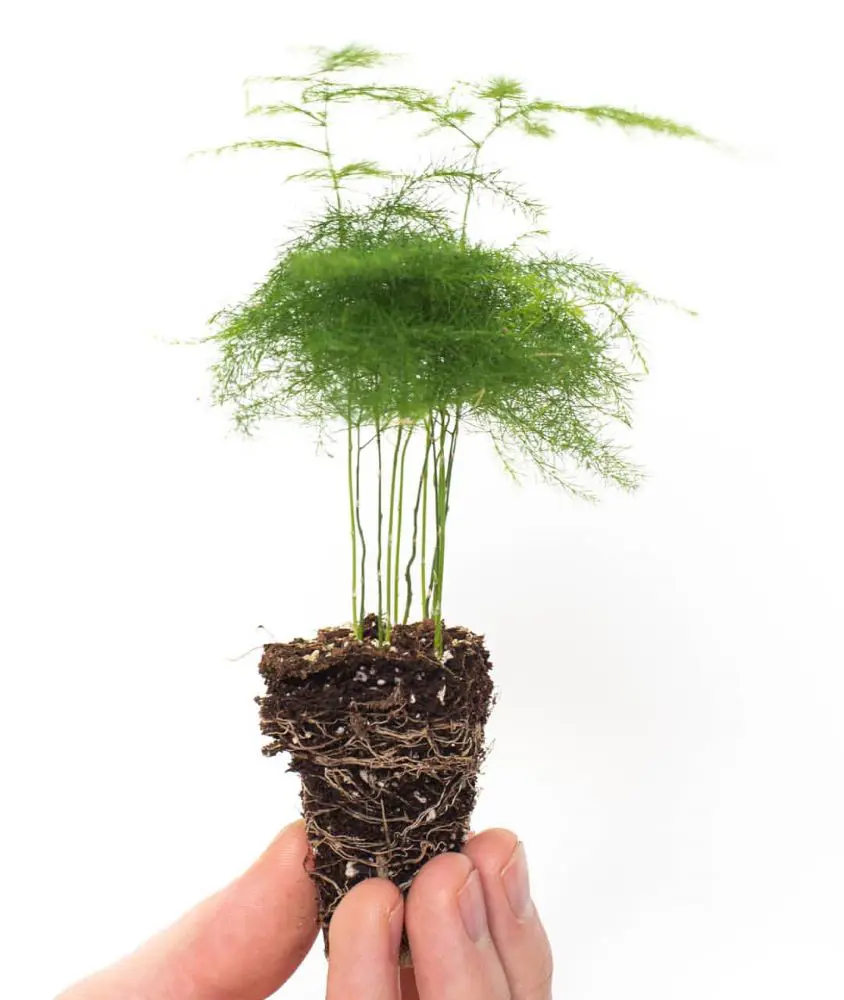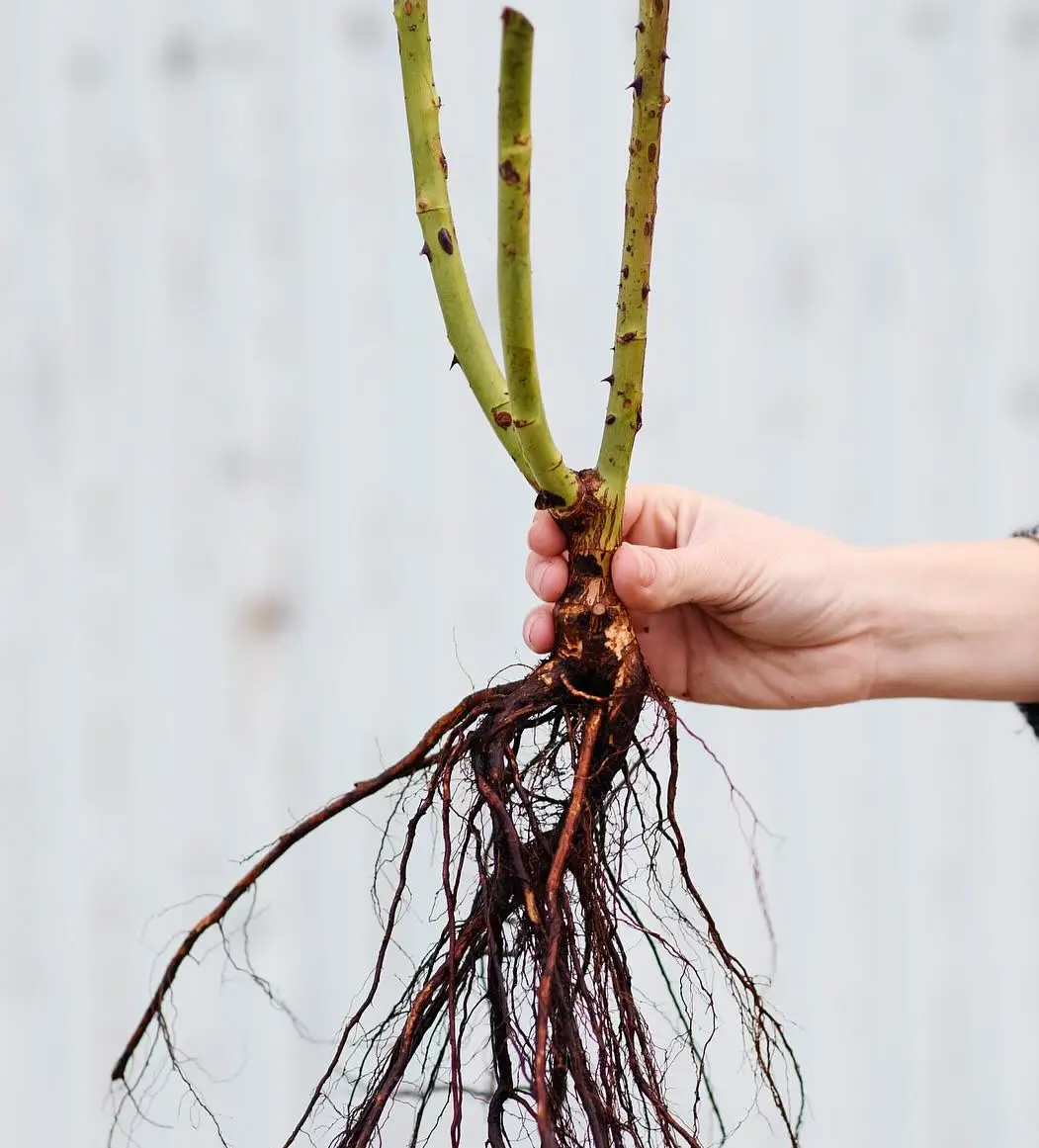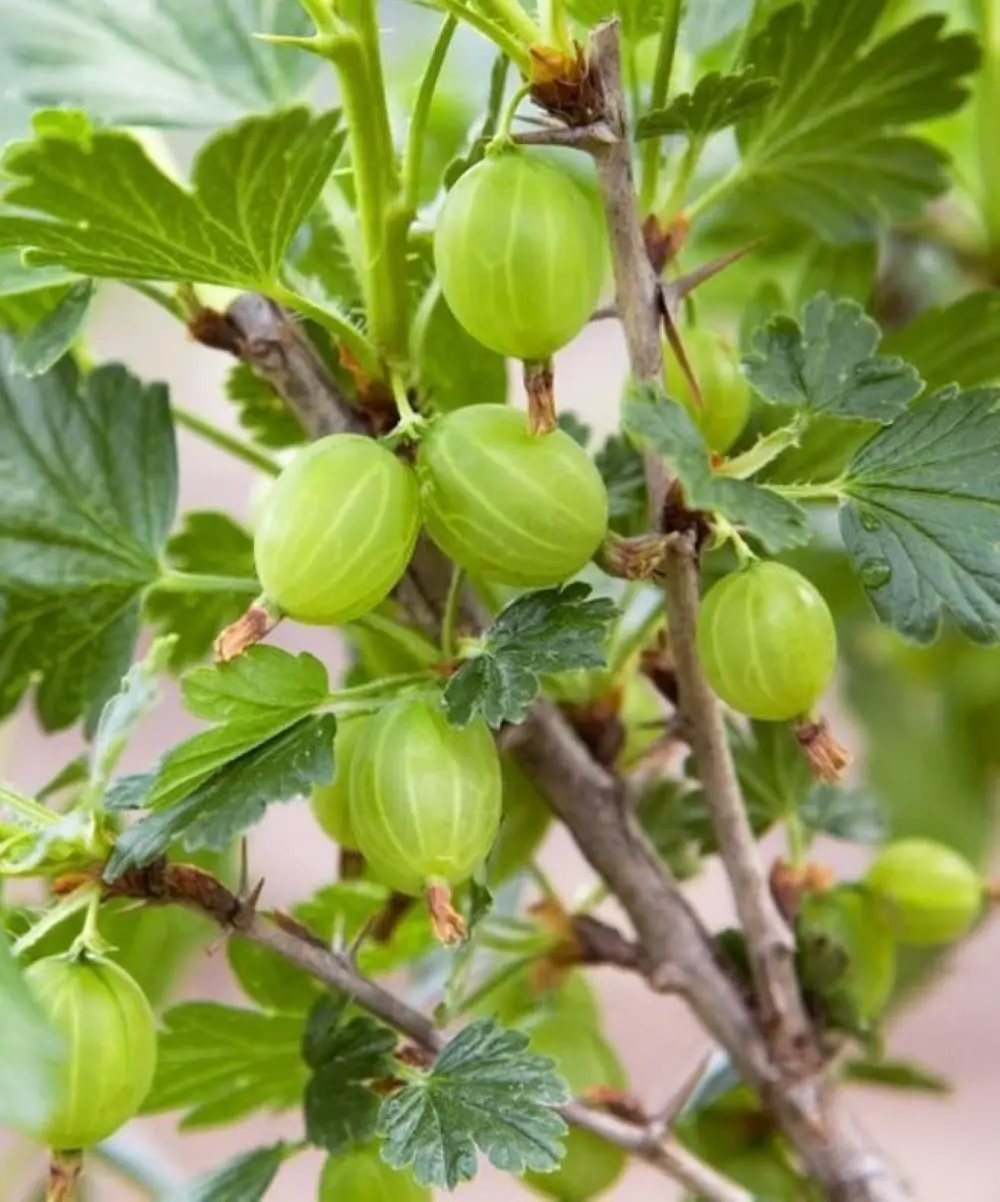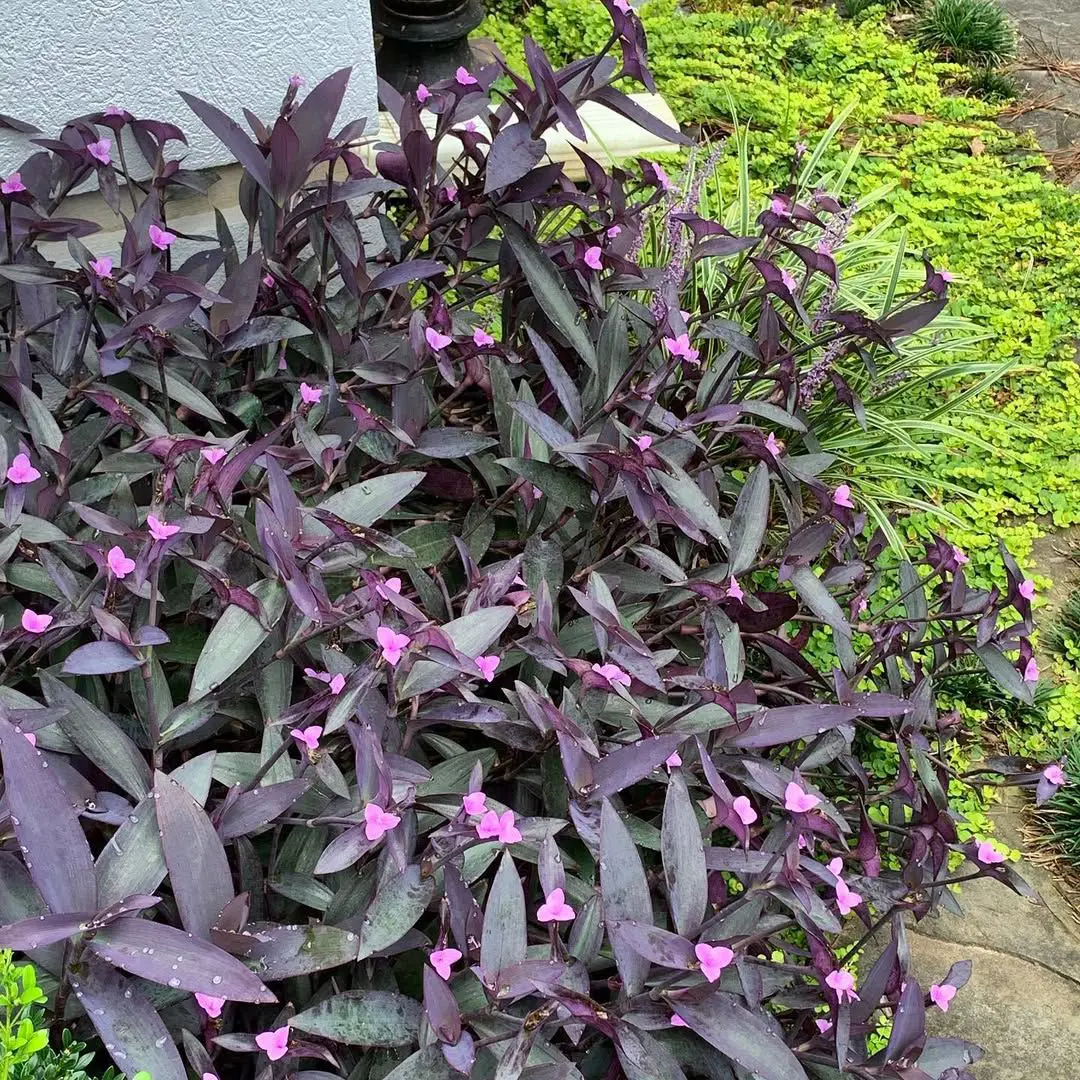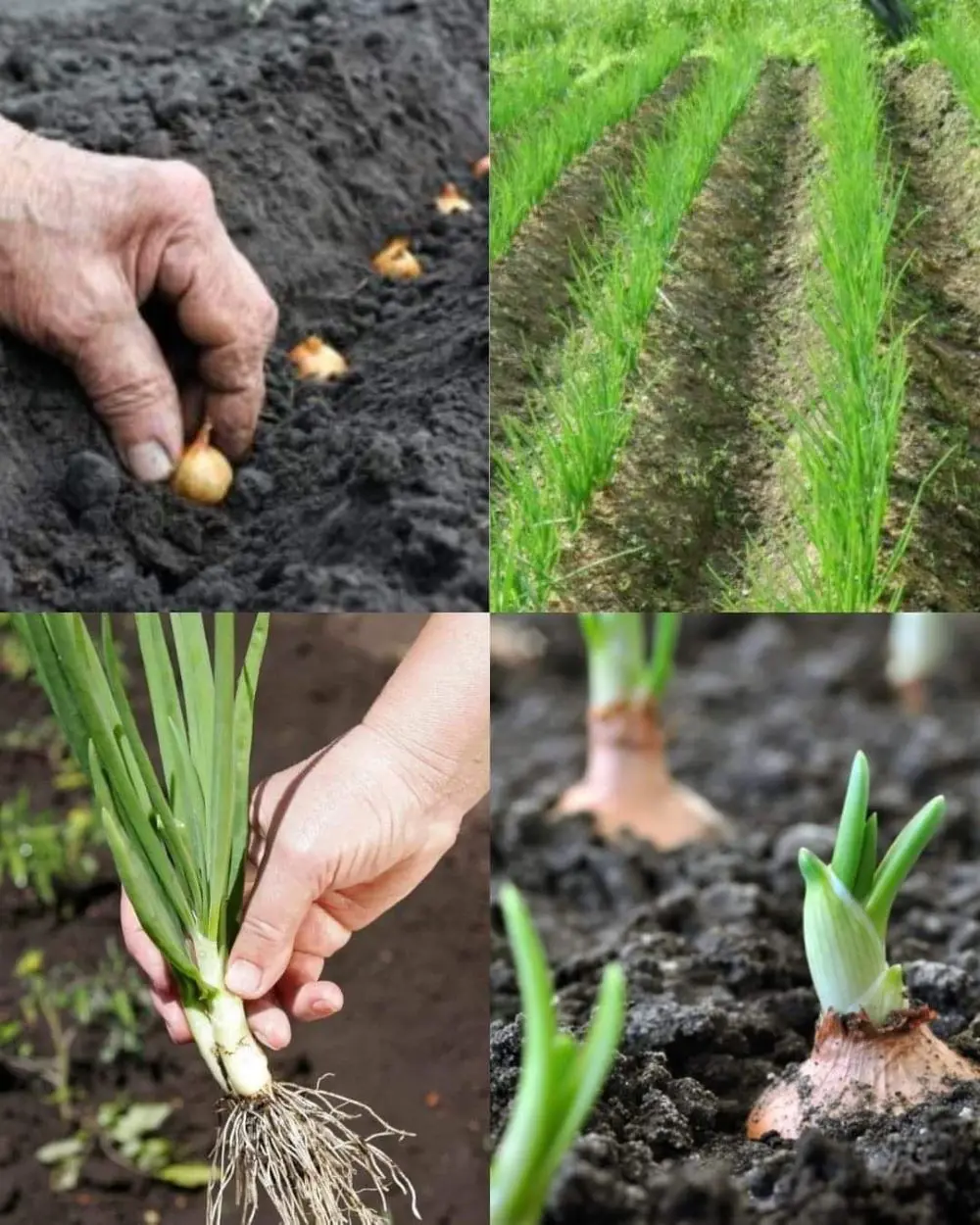When and Where to Plant Asparagus Fern?
Planting and growing asparagus ferns starts by knowing when and where to plant asparagus fern.
Light
Asparagus fern thrives in bright, indirect light. While it can tolerate lower light conditions, its growth may slow down, and its foliage might become sparse. Ideally, place your asparagus fern near a window where it can receive filtered sunlight.
Avoid direct sunlight, as it can scorch the leaves if growing indoors. Meanwhile, a spot with dappled sunlight or partial shade is perfect for outdoor settings. Providing the right light conditions helps maintain the plant's vibrant green color and encourages lush growth.
Soil
Soil for asparagus fern should be well-draining. The soil should retain some moisture without becoming soggy. For that, mixing potting soil and sand or perlite is ideal, as it ensures good drainage and aeration. If you are planting in the ground, amend the soil with organic matter to improve its structure and drainage.
The pH level should be slightly acidic to neutral, ranging from 6.0 to 7.0. This soil composition helps prevent root rot and helps maintain its lush, fern-like appearance.
Water
Asparagus fern can tolerate periods of dryness, although it prefers consistently moist soil. Therefore, the plant should watered regularly to keep the soil evenly moist. However, avoid waterlogging, as this can lead to root rot.
A good rule of thumb is to water once a week, but you can adjust based on the plant’s environment and season. If you are still unsure, always check the top inch of the soil; if it feels dry, it is time to water. Ensure the pot or garden bed has good drainage to prevent excess moisture.
Temperature and Humidity
Proper temperature and humidity are key to a lush, healthy asparagus fern. These plants thrive best in moderate to warm temperatures, ideally between 60-75°F (15-24°C). It can tolerate occasional dips below this range but should be protected from frost, which can damage its delicate foliage.
For humidity, they prefer a relatively high level, ideally between 40-60%. If grown indoors, maintain higher humidity with a humidifier or by placing the plant on a humidity tray. If grown outdoors, especially in dry climates, regular watering is essential to keep the soil moist.

